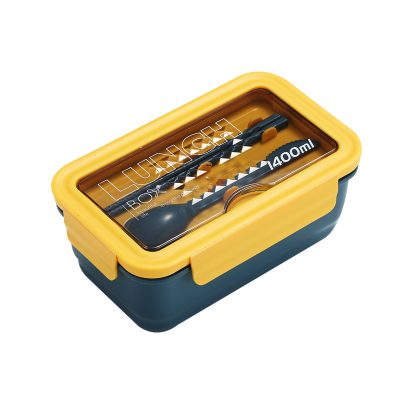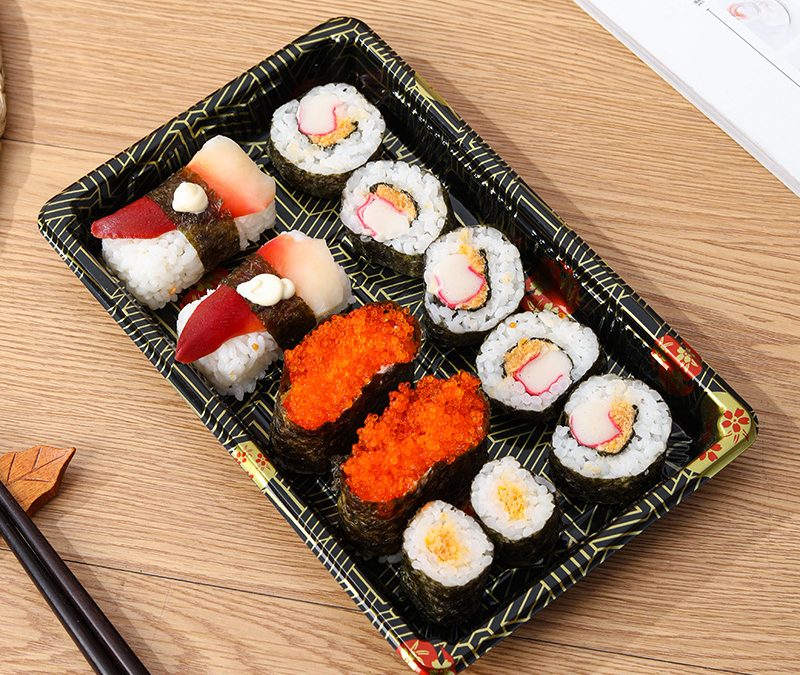- Contact us now!
- +86 18868944843
- been@thingegr.com
What is a biodegradable lunch box?
With the rise of the polymer industry, the development of degradable plastics has developed rapidly and has been widely used in the packaging industry, agriculture and pharmaceutical industries, including our degradable lunch boxes. During the dynamic process of degradation, plastics must simultaneously meet a pair of conflicting basic needs, namely, functionality and degradability. Degradable plastics can undergo a degradation reaction in a specific environment. The characterization of the dynamic process of this degradation reaction is often achieved by measuring the change in the quality and mechanical strength of the plastic over time. However, when the plastic is subjected to heterogeneous degradation, some characterization The results obtained by the method have inaccuracies.
Degradable plastics have further expanded from the original bookstores, supermarkets, and food delivery to e-commerce. It is expected that the three major industries of supermarkets, express delivery, and food delivery will provide nearly 2 million tons of alternative space for degradable products in the future. In 2018, my country’s consumption of biodegradable plastics was only 42,000 tons, and the growth space will be nearly 50 times by 21 years. By 2025, my country’s demand for degradable plastics is expected to be 2.5 million tons, and the market size will reach 47.7 billion. By 2030, my country is expected to be able to The demand for degradable plastics is 4.28 million tons, and the market size exceeds 85.5 billion. The market for degradable plastics is far from over, and the scope of banning plastics has been further expanded. In the next 2-5 years, the ban on plastics will be rolled out across the country, and degradable plastics are expected to develop rapidly in the next 5 years.







